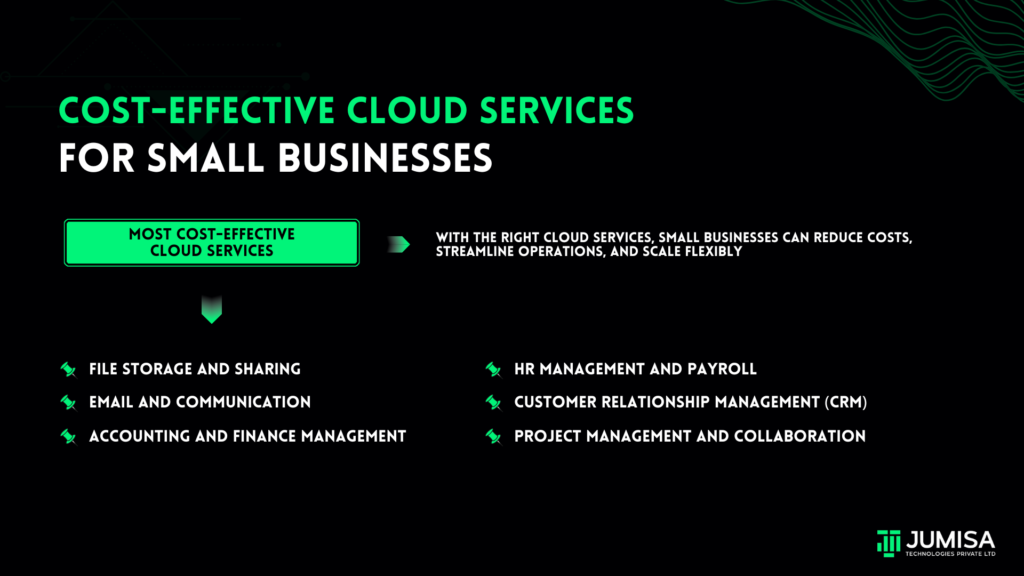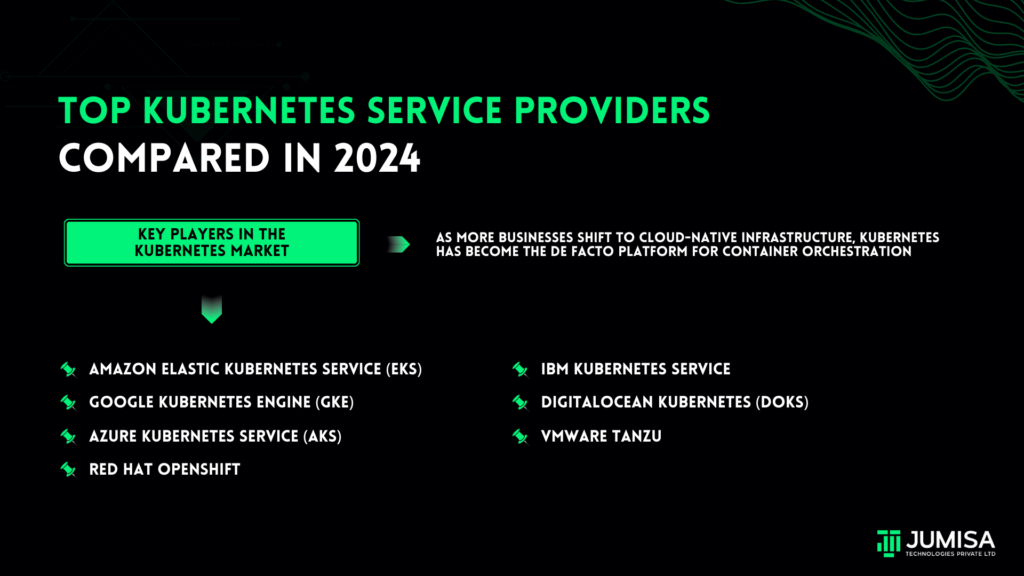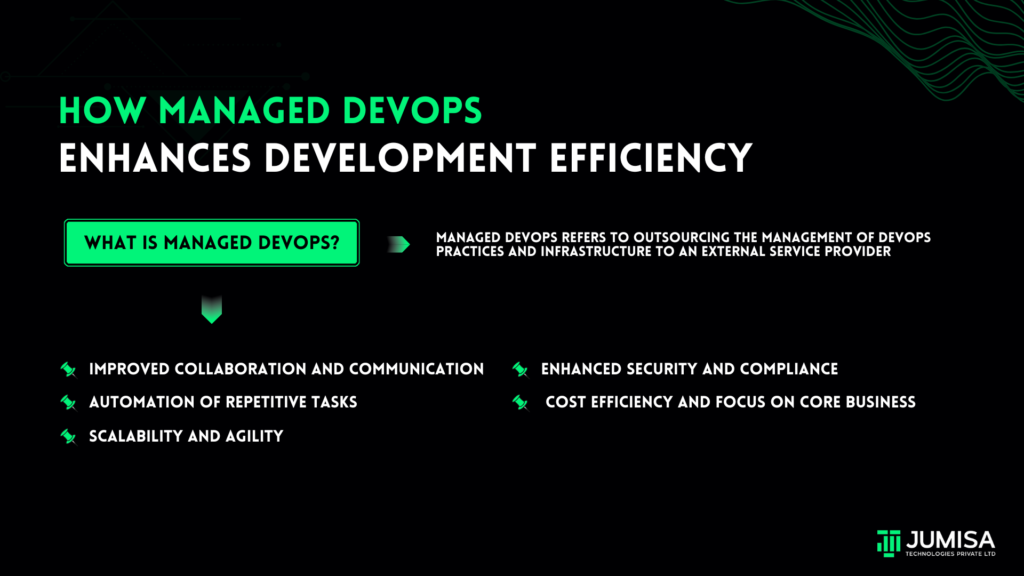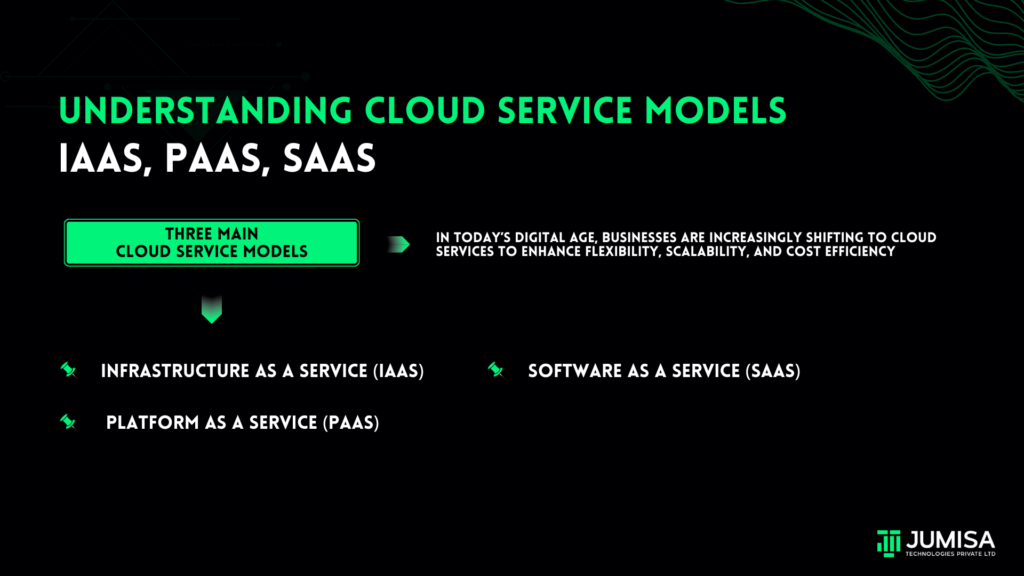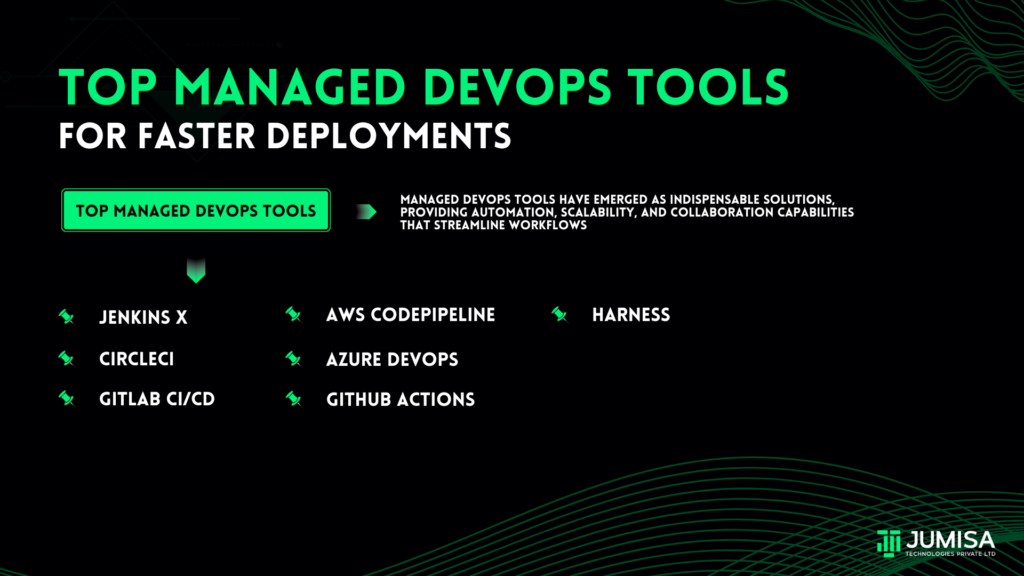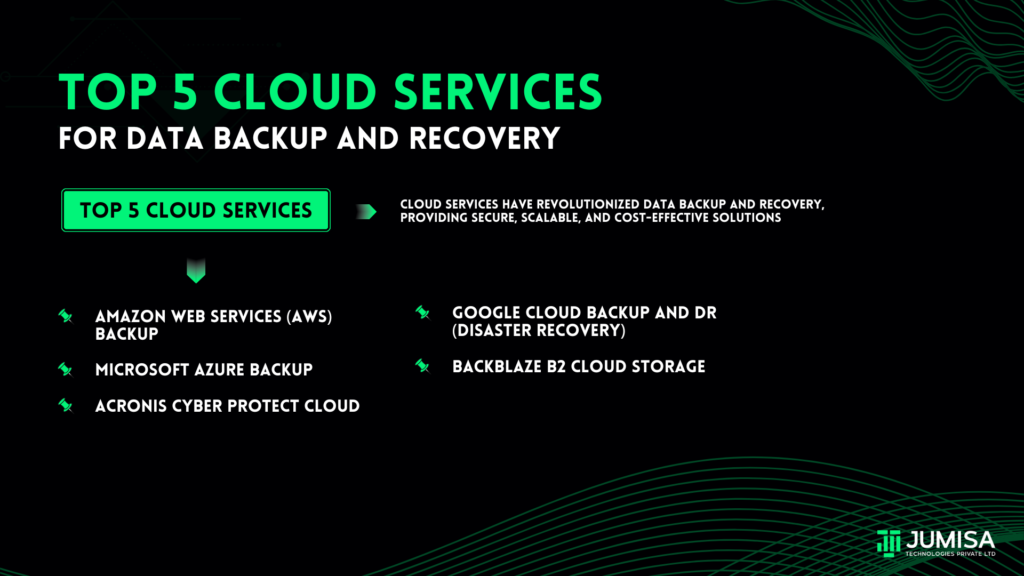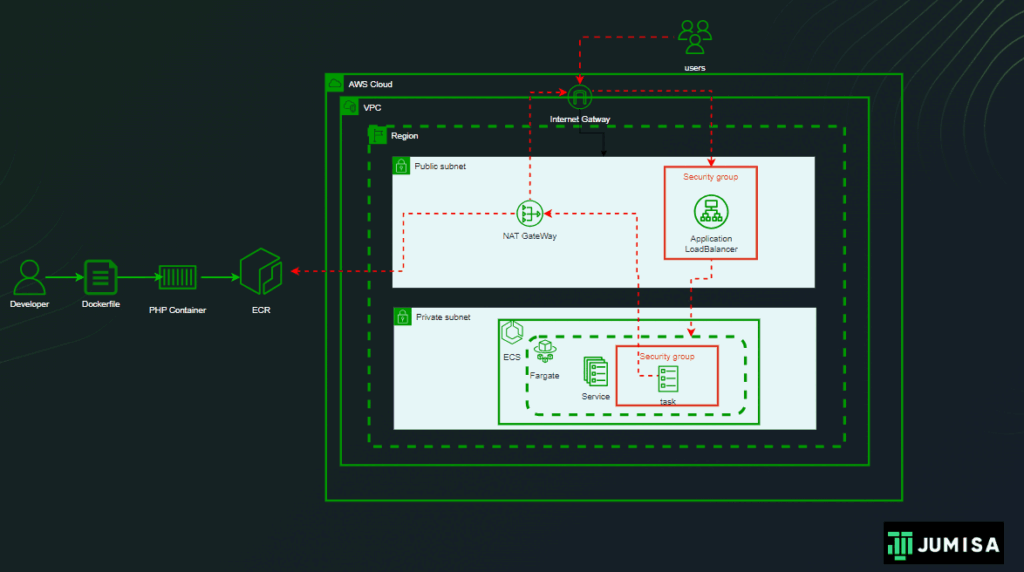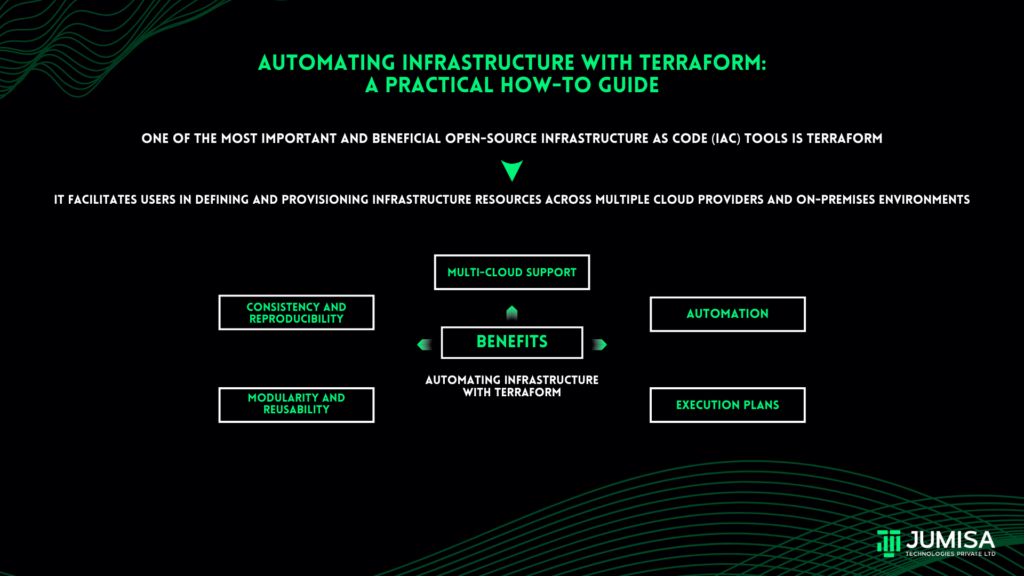
Use case:
- An organisation (e-commerce platform) wanted to grow rapidly.
- As the user base expands, so does the demand on your infrastructure.
Solution:
- To handle the increased traffic and ensure optimal performance, you decide to automate the process of server provisioning using infrastructure as code (IaC) principles.
What is Infrastructure Automation?
Infrastructure automation refers to the practice of using software-defined methods to automatically manage and provision IT infrastructure resources.
This approach involves replacing manual, repetitive tasks with code-based processes that can be executed programmatically.
Infrastructure automation enables organizations to streamline operations, improve efficiency, and achieve greater consistency and reliability in managing their infrastructure.
Key aspects of infrastructure automation include:
- Provisioning: Automating the process of deploying and configuring infrastructure resources, such as virtual machines, storage, and networking components, based on predefined templates or configurations.
- Configuration Management: Using tools like Ansible, Chef, or Puppet to automate the configuration of servers and applications, ensuring consistency and reducing the risk of configuration drift.
- Orchestration: Automating the coordination and management of multiple infrastructure components and services to support complex workflows or applications.
- Scaling: Automatically scaling infrastructure resources up or down in response to changing demand or performance metrics, ensuring optimal resource utilization and cost efficiency.
- Monitoring and Remediation: Integrating monitoring and alerting systems to detect infrastructure issues or performance bottlenecks, and automating remediation actions to resolve problems quickly.
Here’s a step-by-step guide to implementing infrastructure automation:
- Assess Your Current Workflow: Begin by understanding your existing infrastructure management processes, including provisioning, configuration, and maintenance tasks. Identify areas that are manual, repetitive, or prone to errors.
- Define Automation Goals: Determine your objectives for automation, such as reducing provisioning time, ensuring consistency across environments, improving scalability, or optimizing resource utilization.
- Choose Automation Tools: Research and select the appropriate automation tools based on your infrastructure needs and goals. Popular choices include Terraform, Ansible, Chef, Puppet, and Kubernetes for container orchestration.
- Design Infrastructure as Code (IaC): Adopt an Infrastructure as Code (IaC) approach by writing code to define and provision infrastructure resources. Define templates or configuration files using declarative languages like YAML or JSON.
- Implement Version Control: Set up a version control system such as Git to manage your infrastructure code. Use branches, pull requests, and code reviews to collaborate on changes and maintain a reliable codebase.
- Create Automation Scripts: Develop automation scripts or playbooks to automate provisioning, configuration, and management tasks. Leverage the capabilities of your chosen automation tools to define desired states and automate workflows.
- Test Automation Workflows: Validate your automation scripts and templates in a test environment to ensure they function as expected. Test different scenarios, edge cases, and failure conditions to verify reliability and resilience.
- Deploy Automation in Production: Gradually roll out your automation workflows in production environments, starting with less critical workloads or pilot projects. Monitor performance and stability closely during deployment to detect and address any issues.
- Monitor and Optimize: Continuously monitor your automated infrastructure for performance, security, and compliance. Collect metrics and logs to gain insights into resource usage and application behavior. Use automation to implement optimizations and improvements iteratively.
- Document and Train: Document your automation processes, including setup instructions, configuration details, and troubleshooting steps. Provide training and resources to your team members to ensure they understand how to use and maintain the automated workflows effectively.
Conclusion
Infrastructure automation is a foundational practice in DevOps and cloud computing, enabling organizations to accelerate software delivery, improve agility, and adapt to evolving business requirements more effectively. By following the above steps, you can streamline your workflow and realize the benefits of infrastructure automation, including increased efficiency, consistency, and agility in managing your IT infrastructure.

